

The following lists the sub outcomes, examples of evidence when children can achieve each sub outcome and how educators can promote and help children to achieve EYLF Learning Outcome 4: Children Are Confident And Involved Learners.
The following lists the sub outcomes, examples of evidence when children can achieve each sub outcome and how educators can promote and help children to achieve EYLF Learning Outcome 3: Children Have A Strong Sense Of Wellbeing.
The following lists the sub outcomes, examples of evidence when children can achieve each sub outcome and how educators can promote and help children to achieve EYLF Learning Outcome 2: Children Are Connected With And Contribute To Their World.
The following lists the sub outcomes, examples of evidence when children can achieve each sub outcome and how educators can promote and help children to achieve EYLF Learning Outcome 1: Children Have A Strong Sense Of Identity.
Due to the unfortunate incidents of young children being left on buses which tragically resulted in the death of a 3-year-old boy, approved providers are encouraged to review their policies and procedures to ensure the safe transportation of children during excursions, drop off and pickups.
In a school-age setting, a quality program is crucial for the children's development, learning and wellbeing. It provides an opportunity for the Educators to provide a variety of experiences to support children and collaborate effectively with the children, families, educators and the school community.
One of the biggest hazards we face as early childhood Educators is back injuries. The amount of times we bend, stretch, and lift throughout the day is endless and this can put a strain on your back, causing serious long-term injuries. The following article provides information on Back Risks, Prep Before The Day, Strategies To Support Back Care Throughout The Day and more.
Just imagine a line down the centre of the body. Crossing the midline is a child's ability to reach across the middle of the body with arms and legs crossing over the opposite side. The following article provides information on Why Crossing The Midline Is Important, Activities To Improve A Child's Ability in Crossing The Midline and more.
Policies are an important part of an early childhood setting. They are a legal requirement that identifies and minimise risks of various tasks and responsibilities demonstrated by Educators and provide information for families of how situations are handled.
Policy and Procedures are an integral part of the documentation that is required to meet legislative requirements. They prevent uncertainty about how particular situations are handled and support Educators to understand their roles and responsibilities. The following article provides information on What Should Policies Include, Testing Your Policy (Case Scenario), Successful Policies, Policy Pitfalls, Policies In The National Regulations and more.
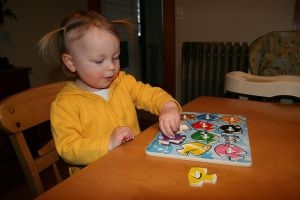 Toddlers have a greater understanding of the world around them by this stage. Their cognitive development (also known as intellectual development and thinking skills) continues… Read More
Toddlers have a greater understanding of the world around them by this stage. Their cognitive development (also known as intellectual development and thinking skills) continues… Read More
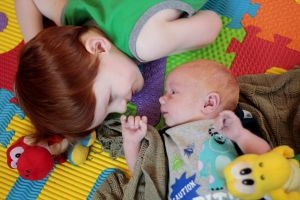 Infants begin to develop trust when parents begin to fulfil their needs. Such as changing an infant's nappy when needed, feeding on request and holding… Read More
Infants begin to develop trust when parents begin to fulfil their needs. Such as changing an infant's nappy when needed, feeding on request and holding… Read More
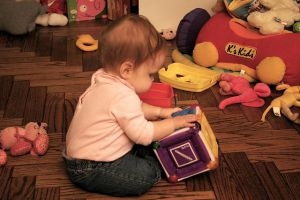 Beginning at birth the construction of thought processes, such as memory, problem solving, exploration of objects etc, is an important part of an infant’s cognitive… Read More
Beginning at birth the construction of thought processes, such as memory, problem solving, exploration of objects etc, is an important part of an infant’s cognitive… Read More
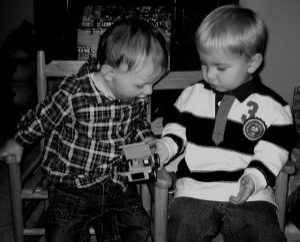 Toddlers want to do more on their own and do not like it when you begin to establish limits on their behaviour. Tantrums can become… Read More
Toddlers want to do more on their own and do not like it when you begin to establish limits on their behaviour. Tantrums can become… Read More
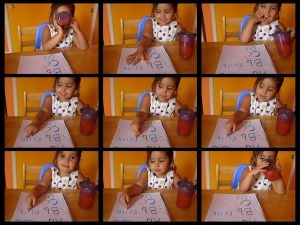 Your preschooler is now able to focus their attention more accurately and is less influenced by distractions. The intensity of questions increase as your child… Read More
Your preschooler is now able to focus their attention more accurately and is less influenced by distractions. The intensity of questions increase as your child… Read More
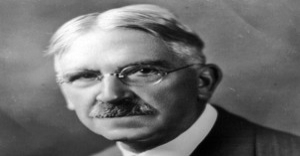 John Dewey is often seen as the proponent of learning by doing – rather than learning by passively receiving. He believed that each child was active,… Read More
John Dewey is often seen as the proponent of learning by doing – rather than learning by passively receiving. He believed that each child was active,… Read More
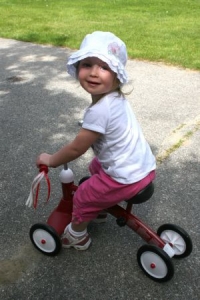 Toddler advance and gains new skills in Gross Motor Development milestones achieved throughout earlier years. Co-ordination and challenges that could not be performed before such… Read More
Toddler advance and gains new skills in Gross Motor Development milestones achieved throughout earlier years. Co-ordination and challenges that could not be performed before such… Read More
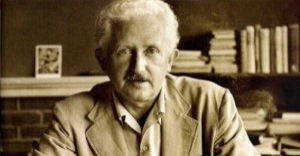 Erik Erikson developed a psychosocial theory to understand how we each develop our identities through eight stages of psychosocial development from infancy to adulthood. The… Read More
Erik Erikson developed a psychosocial theory to understand how we each develop our identities through eight stages of psychosocial development from infancy to adulthood. The… Read More
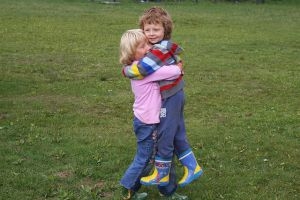 At this point preschoolers begin to interact effectively with others. Play becomes more innovative and organized and “boyfriend” or “girlfriend” begins to emerge. Preschoolers have… Read More
At this point preschoolers begin to interact effectively with others. Play becomes more innovative and organized and “boyfriend” or “girlfriend” begins to emerge. Preschoolers have… Read More
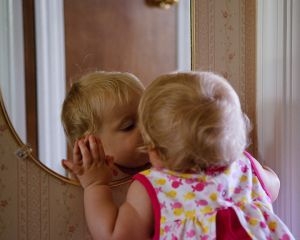 From now, babies begin to identify and respond to their own feelings, understanding other's feelings & needs and interact positively with others. A baby's social and… Read More
From now, babies begin to identify and respond to their own feelings, understanding other's feelings & needs and interact positively with others. A baby's social and… Read More
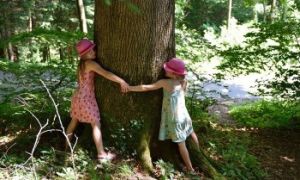
To be familiar with nature, to spend some time amid nature, talking, thinking about trees...
See more...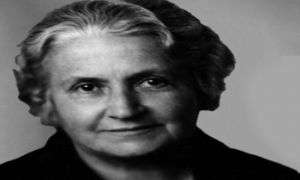
Montessori stressed that children learn best by using their senses and pursuing their interests, rather...
See more...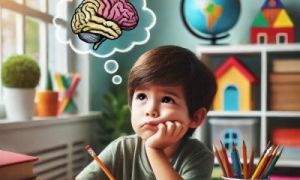
Metacognition refers to the awareness and understanding of one's own thought processes. The following article...
See more...© 2009-2025 Aussie Childcare Network Pty Ltd. All Rights Reserved.

